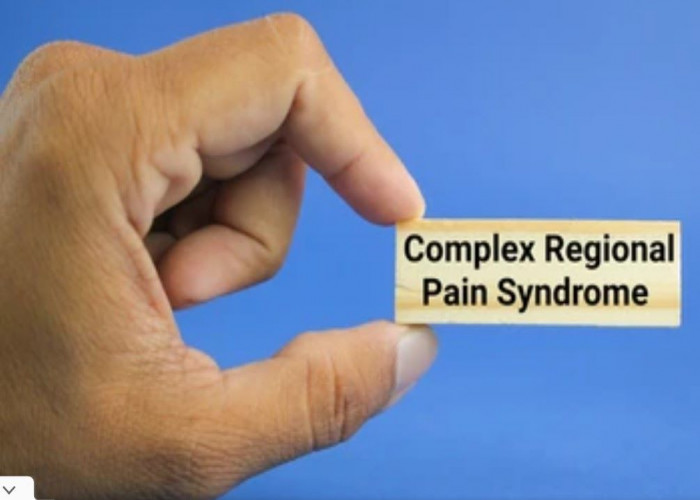 Welcome
Welcome
“May all be happy, may all be healed, may all be at peace and may no one ever suffer."
Complex regional pain syndrome

Complex regional pain syndrome (CRPS) is a chronic pain condition that typically affects an arm, leg, hand, or foot, and is believed to be caused by a malfunction of the peripheral and/or central nervous systems. The pain associated with CRPS is often described as burning, throbbing, or stabbing, and may be accompanied by swelling, skin temperature and color changes, abnormal sweating, and other symptoms. There are two types of CRPS: Type 1, which occurs after an injury or surgery that did not directly damage the nerves in the affected limb, and Type 2, which occurs after an injury or surgery that directly damaged the nerves. Diagnosis is often based on a physical exam, medical history, and ruling out other possible causes of the symptoms. Treatment for CRPS may involve a combination of medications, physical therapy, occupational therapy, psychological counseling, and/or nerve blocks, depending on the individual case. Early treatment is important for the best possible outcomes.
Research Papers
Disease Signs and Symptoms
- Leg pain
- Arm or Hand pain
- Sensitivity to touch or cold
- Joint stiffness
- Swollen joint
- Muscle weakness
- Changes in skin color, ranging from white and blotchy to red or blue
- Changes in skin texture, which may become tender, thin or shiny in the affected area
Disease Causes
Complex regional pain syndrome
The cause of CRPS isn't completely understood. It's thought to be caused by an injury to or an abnormality of the peripheral and central nervous systems. CRPS typically occurs as a result of a trauma or an injury.
CRPS occurs in two types, with similar signs and symptoms, but different causes:
- Type 1. Also known as reflex sympathetic dystrophy (RSD), this type occurs after an illness or injury that didn't directly damage the nerves in your affected limb. About 90% of people with CRPS have type 1.
- Type 2. Once referred to as causalgia, this type has symptoms similar to those of type 1. But type 2 CRPS occurs after a distinct nerve injury.
Many cases of CRPS occur after a forceful trauma to an arm or a leg. This can include a crushing injury or a fracture.
Other major and minor traumas — such as surgery, heart attacks, infections and even sprained ankles — also can lead to CRPS.
It's not well understood why these injuries can trigger CRPS. Not everyone who has such an injury will go on to develop CRPS. It might be due to a dysfunctional interaction between your central and peripheral nervous systems and inappropriate inflammatory responses.
Disease Prevents
Complex regional pain syndrome
These steps might help you reduce the risk of developing CRPS:
- Taking vitamin C after a wrist fracture. Studies have shown that people who take a high dose of vitamin C after a wrist fracture may have a lower risk of CRPS compared with those who didn't take vitamin C.
- Early mobilization after a stroke. Some research suggests that people who get out of bed and walk around soon after a stroke (early mobilization) reduce their risk of developing CRPS.
Disease Treatments
There's some evidence that early treatment might help improve symptoms of CRPS. Often, a combination of different treatments, tailored to your specific case, is necessary. Treatment options include:
Medications
Doctors use various medications to treat the symptoms of CRPS.
- Pain relievers. Over-the-counter (OTC) pain relievers — such as aspirin, ibuprofen (Advil, Motrin IB, others) and naproxen sodium (Aleve) — may ease mild pain and inflammation.
- Your doctor may prescribe stronger pain relievers if OTC ones aren't helpful. Opioid medications might be an option. Taken in appropriate doses, they might help control pain.
- Antidepressants and anticonvulsants. Sometimes antidepressants, such as amitriptyline, and anticonvulsants, such as gabapentin (Neurontin), are used to treat pain that originates from a damaged nerve (neuropathic pain).
- Corticosteroids. Steroid medications, such as prednisone, may reduce inflammation and improve mobility in the affected limb.
- Bone-loss medications. Your doctor may suggest medications to prevent or stall bone loss, such as alendronate (Fosamax) and calcitonin (Miacalcin).
- Sympathetic nerve-blocking medication. Injection of an anesthetic to block pain fibers in the affected nerves may relieve pain in some people.
- Intravenous ketamine. Some studies show that low doses of intravenous ketamine, a strong anesthetic, may substantially alleviate pain.
Therapies
- Heat therapy. Applying heat may offer relief of swelling and discomfort on skin that feels cool.
- Topical analgesics. Various topical treatments are available that may reduce hypersensitivity, such as over-the-counter capsaicin cream, or lidocaine cream or patches (Lidoderm, LMX 4, LMX 5).
- Physical or occupational therapy. Gentle, guided exercising of the affected limbs or modifying daily activities might help decrease pain and improve range of motion and strength. The earlier the disease is diagnosed, the more effective exercises might be.
- Mirror therapy. This type of therapy uses a mirror to help trick the brain. Sitting before a mirror or mirror box, you move the healthy limb so that the brain perceives it as the limb that is affected by CRPS. Research shows that this type of therapy might help improve function and reduce pain for those with CRPS.
- Transcutaneous electrical nerve stimulation (TENS). Chronic pain is sometimes eased by applying electrical impulses to nerve endings.
- Biofeedback. In some cases, learning biofeedback techniques may help. In biofeedback, you learn to become more aware of your body so that you can relax your body and relieve pain.
- Spinal cord stimulation. Your doctor inserts tiny electrodes along your spinal cord. A small electrical current delivered to the spinal cord results in pain relief.
- Intrathecal drug pumps. In this therapy, medications that relieve pain are pumped into the spinal cord fluid.
- Acupuncture. The insertion of long, thin needles may help stimulate nerves, muscles and connective tissue to increase blood flow and relieve pain.
It's possible for CRPS to recur, sometimes due to a trigger such as exposure to cold or intense emotional stress. Recurrences may be treated with small doses of an antidepressant or other medication.
Disease Diagnoses
Disease Allopathic Generics
Disease Ayurvedic Generics
Disease Homeopathic Generics
Disease yoga
Complex regional pain syndrome and Learn More about Diseases

Cancer

Lactose intolerance
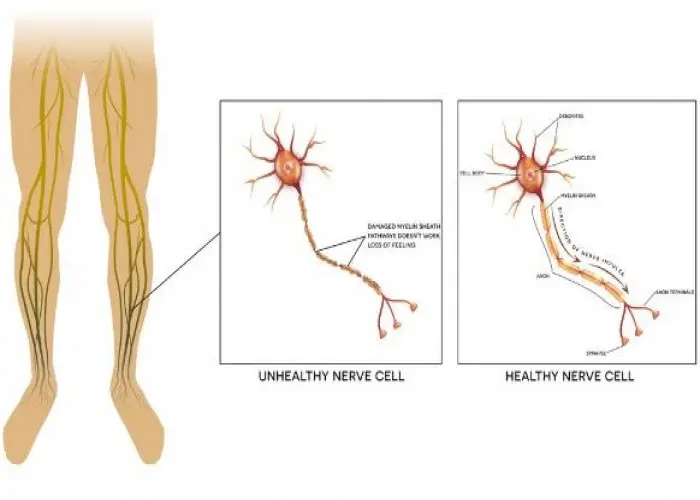
Diabetic neuropathy
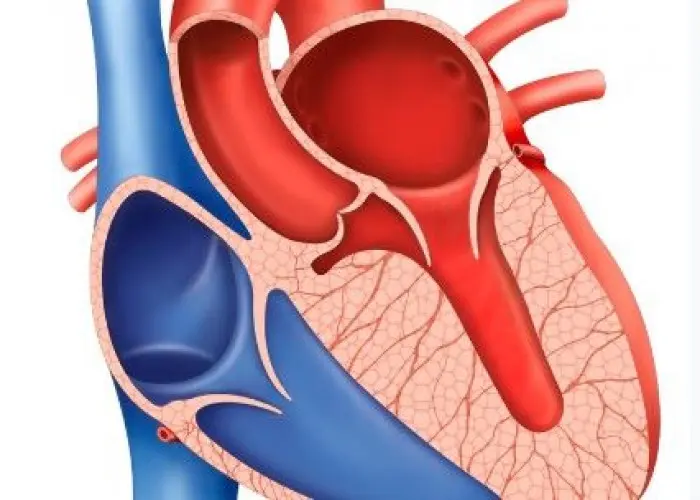
Hypertrophic cardiomyopathy

Wrist pain
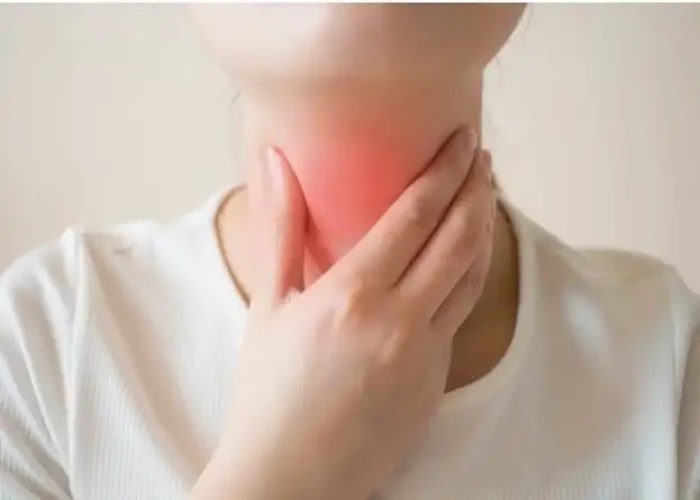
Sore throat

Neuroblastoma
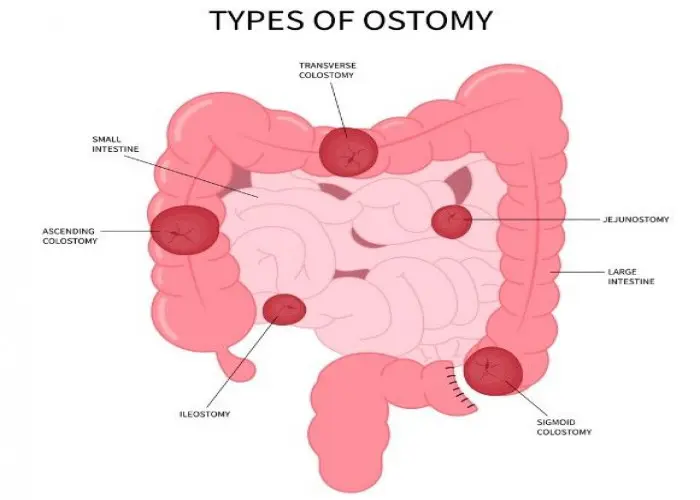
Familial adenomatous polyposis
Complex regional pain syndrome, CRPS, জটিল আঞ্চলিক ব্যথা
To be happy, beautiful, healthy, wealthy, hale and long-lived stay with DM3S.
